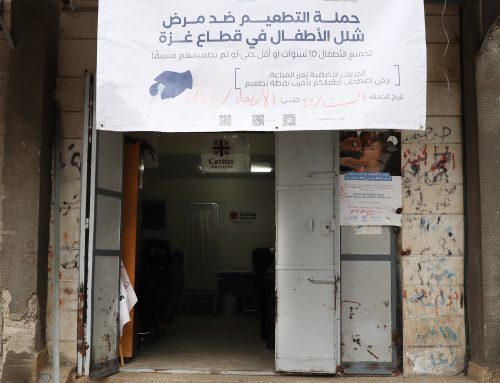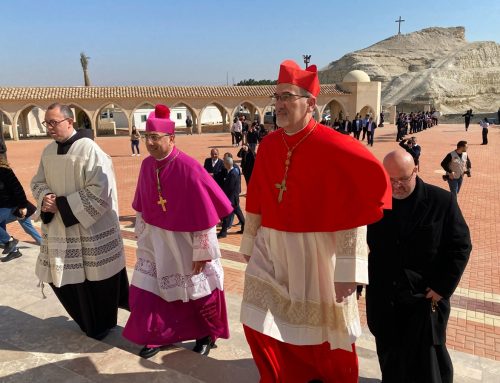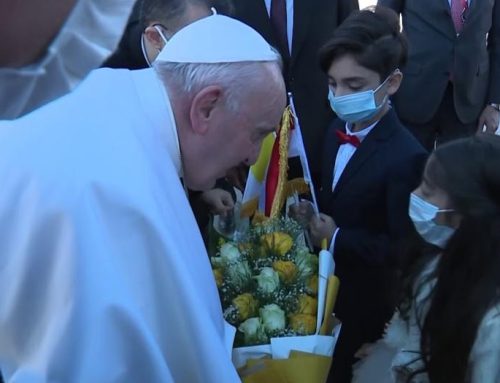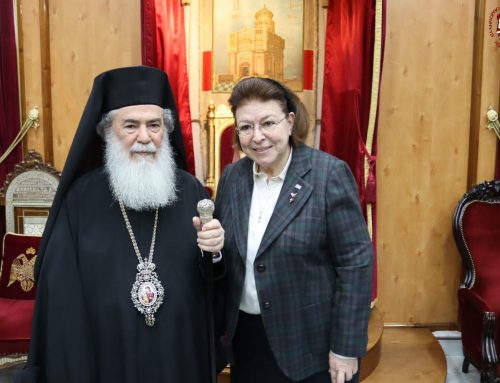
The church, which attracts more than 1 million pilgrims each year, has been issued with a 9m shekel (£1.5m) water bill, backdated 15 years to when the supply was taken over by a new company, Hagihon.
As a result of the church’s failure to pay, Hagihon has secured the freezing of the bank account of the Greek Orthodox Patriarchate, which is jointly responsible for the church’s administration.
The standoff was confirmed by the spokesman for Theophilos III, the Greek Orthodox Patriarch, following a report in the Israeli paper Maariv. “It is completely true,” Issa Musaleh told the Guardian. “They have frozen our account. This is a flagrant act against the church.”
According to Maariv, the move has resulted in standing orders being rejected and cheques bouncing. Services which have been affected include telephones, internet and electricity, as well as companies supplying food.
“The church is completely paralysed. We can’t pay for toilet paper. Nothing. Hagihon has declared war on us,” a Patriarchate official told Maariv.
For decades, the church was exempt from water charges. But Hagihon, which took over water supply to Jerusalem in the late 1990s, sent a bill to the church for 3.7m shekels (£600,000) in 2004. Church officials believed the bill was a mistake, and Hagihon did not press for payment.
Now the company has demanded payment of the bill, which has risen to 9m shekels including interest.
The Greek Orthodox Patriarchate is refusing to deal with Hagihon in protest, according to Musaleh. “This is an outrageous act against the church. We will not receive Hagihon Patriarch Theophilos III told Maariv: “If nothing changes we intend to announce within a few days, for the first time in centuries, that the Church of the Holy Sepulchre is closed.” The Christian denominations which jointly manage the church, including the Greek Orthodox, Franciscans and Armenians, have begun a campaign to win support in their battle with Hagihon. A letter from the Greek Patriarch to the Israeli prime minister, Binyamin Netanyahu, and president, Shimon Peres, quoted by Maariv, said: “The enforcement of this unjustified step undermines the sanctity and offends the sensitivity of the site … [and] could lead to the closing of the site to masses of pilgrims.” It called for intervention “to put a stop to this aggressive move”. Approaches are also planned to the Russian president, Vladimir Putin, the prime ministers of Greece and Cyprus, King Abdullah of Jordan and President Barack Obama. In a statement to Maariv, Hagihon said it had been in talks for several years with church representatives with the aim of reaching a settlement of the debt. It was prohibited by the Israeli Water Authority from exempting any party from water charges, and more than 1,000 religious institutions in Jerusalem paid their bills regularly, it added. “Hagihon has refrained from steps it is permitted to take by law, of cutting off the water, in light of the sensitivity of this matter, and in order to enable the operation of the site … The management of Hagihon believes and hopes that the Greek patriarch will honour the commitment he gave in meetings with the management of Hagihon and will act to arrange the payment in the near future,” the statement said. The Greek Orthodox Patriarchate has extensive land and property holdings in the Holy Land. Sales in recent decades – some of which have been controversial – have increased its wealth. Thousands of Christian pilgrims and tourists jostle each day inside the gloomily lit spaces beneath the church’s dome. Despite the chaotic queues for the most revered sites within the church and the cacophony of chanting priests, tour guides and camera-clicking tourists, for many it is a deeply emotional and spiritual experience. The original church was built on the site of Jesus’s crucifixion, which was then outside the city walls, in the fourth century.





